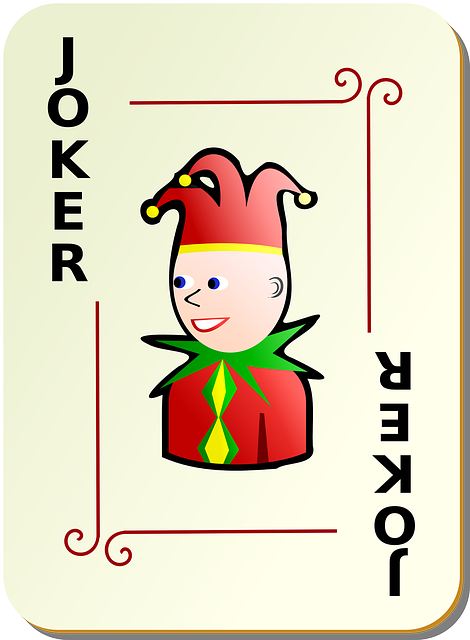poker tournaments' diverse structures, with multi-stage formats and dynamic blind levels, demand strategic adjustments. Early stages encourage aggressive play, while later rounds require tight play and calculated risk. Understanding these phases, player dynamics, chip counts, and rules is crucial for success. Researching past results and adapting playing styles based on buy-ins, blind structures, and player count can provide a competitive edge. Adaptability, evaluating hand strength, table dynamics, and opponent strategies are key to winning, ensuring focused decision-making under pressure for high rankings.
poker tournaments offer an exhilarating challenge, requiring not just skill but also meticulous strategy. This guide navigates the art of winning at poker tournaments, from comprehending complex structures to adapting on the fly. We explore building a robust pre-tournament plan and executing it effectively. Discover how to conquer the dynamic nature of these games by understanding position, pot odds, and reading your opponents. Master the nuances of poker Tournaments and elevate your game today.
- Understanding Poker Tournament Structures
- Building a Robust Pre-Tournament Strategy
- Adapting and Executing During the Game
Understanding Poker Tournament Structures

Poker tournaments come in various structures, each with its own unique dynamics that affect strategy. Understanding these formats is key to success in any poker tournament. The most common structure is the multi-stage event, often culminating in a final table. As players progress through the stages, blind levels increase, requiring adaptable strategies to manage chips effectively.
Early stages emphasize position, aggressive play, and selective hand selection. Later rounds demand tight play, waiting for premium hands, and carefully calculating risks. Players must navigate through these phases, adapting their style based on remaining players, chip counts, and the specific tournament rules. Knowing when to push for a lead or fold when behind is crucial, making structural knowledge an invaluable asset in any Poker Tournament.
Building a Robust Pre-Tournament Strategy

Building a robust pre-tournament strategy is half the battle in poker tournaments. Before stepping into the ring, carefully evaluate your playing style and adapt it to the tournament format. Consider factors like buy-in levels, blind structures, and the number of players. Crafting a plan that aligns with these elements ensures you’re well-prepared for the unique challenges each phase brings.
Researching past tournament results and understanding meta-trends can offer valuable insights. Identify successful strategies employed by top players and learn from their experiences. This preparation allows you to make informed decisions, act confidently during gameplay, and potentially gain an edge over opponents who haven’t invested in such strategic planning for Poker Tournaments.
Adapting and Executing During the Game

In the dynamic environment of a poker tournament, adapting your strategy on the fly is crucial for success. Players must constantly assess their hand strength, table dynamics, and opponents’ tendencies to make informed decisions. For instance, understanding when to be aggressive or passive depends on factors like blind levels, stack sizes, and the general playing style of other participants. During a Poker Tournament, players who can quickly adapt their approach gain an edge over their competitors.
Executing your strategy requires discipline and the ability to stick to your game plan while being prepared to pivot when necessary. Timing is everything; knowing when to bet aggressively or fold gracefully can make or break your tournament run. Effective execution involves reading your opponents, controlling emotions, and maintaining focus under pressure. By seamlessly adapting and executing during play, poker players can navigate the intricate landscape of a tournament, making strategic moves that increase their chances of securing high finishes.
Poker tournaments demand a strategic approach, from understanding complex structures to adapting mid-game. By building a solid pre-tournament strategy, players can navigate the dynamic nature of these events effectively. This involves careful decision-making, position awareness, and a deep understanding of opponent behavior. Through continuous adaptation and execution, players can optimize their chances of success in the high-stakes world of poker tournaments.






